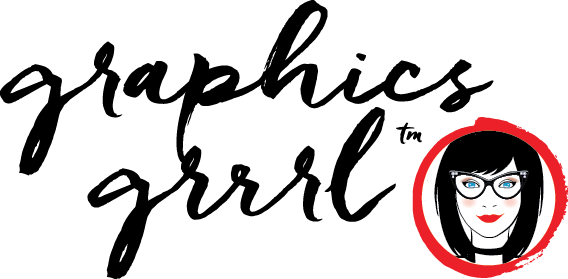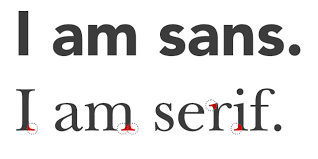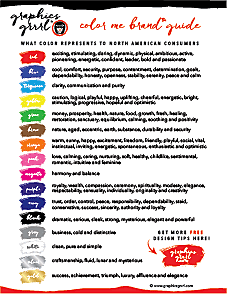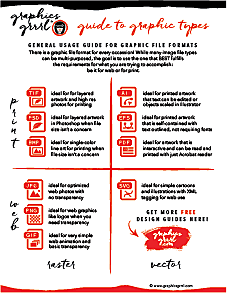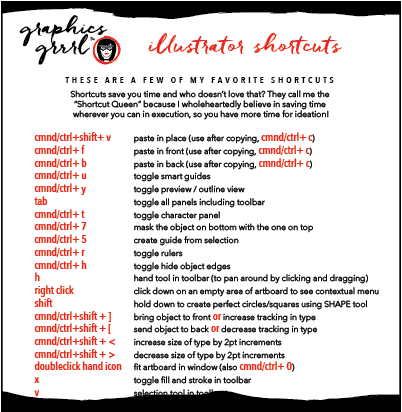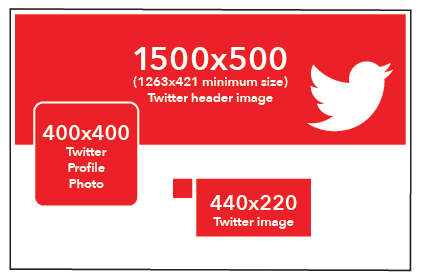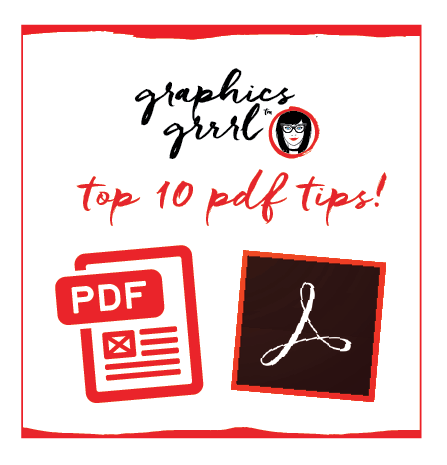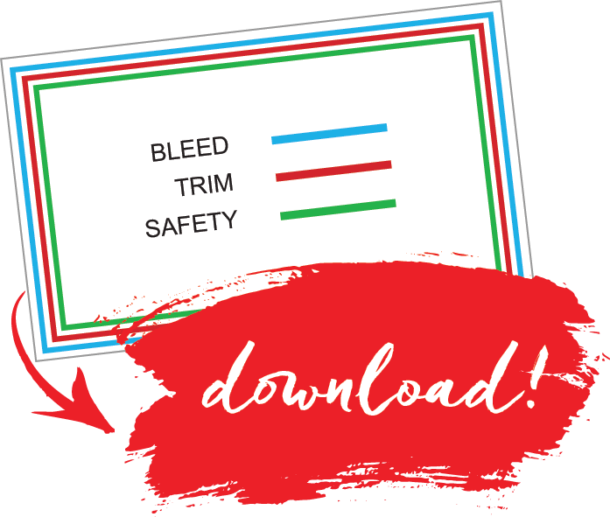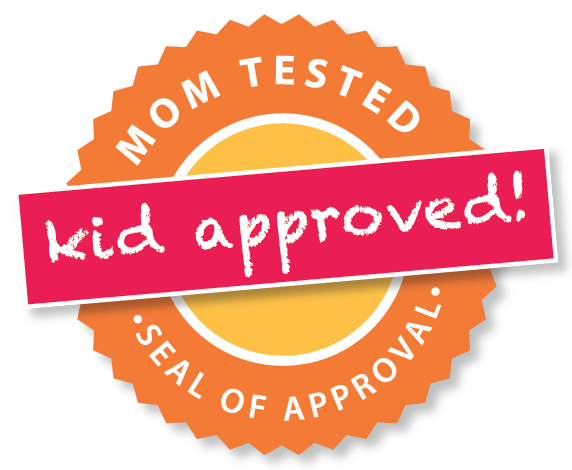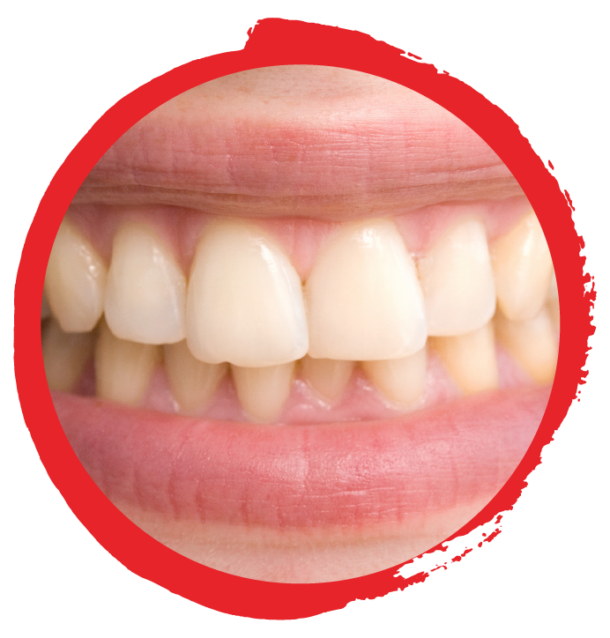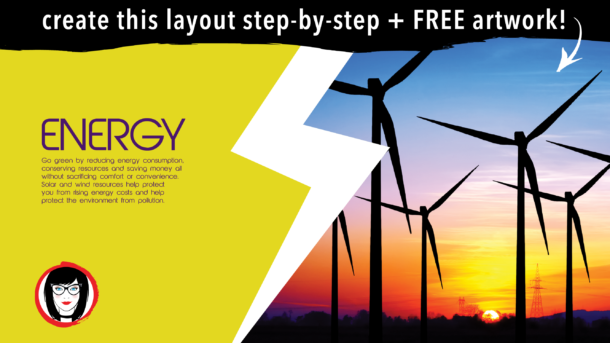7. baseline grid
The baseline is the line upon which most letters sit and below which descenders (such as the lower loop of a ‘g’) extend. You can show the baseline grid in InDesign, for example, in order to line up copy from one side of a spread to the other.
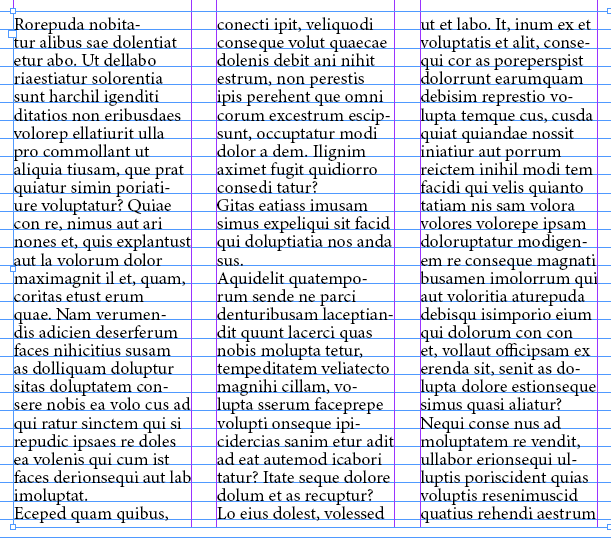
8. ascenders/descenders
The part of a lowercase letterform that projects above the x-height of the font, ascenders are important for ease of prolonged reading, though the combination of too much ascender-height and not enough x-height can cause problems.
Descenders are the part of the letterform that falls below the baseline. In lowercase terms, this means ‘p’, ‘y’ and ‘q’, and sometimes applies to uppercase ‘J’ and ‘Q’.
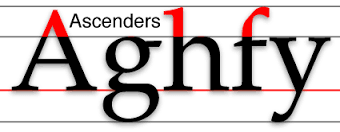
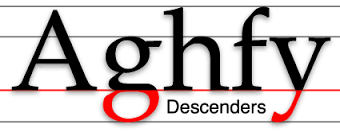
9. em/en
Em is a horizontal space equal to the current point size of text. En is a horizontal measure one half the size of an Em. These terms are used in conjunction with space or dash to indicate how long each are to be.
But why wait? Download my FREE typography guide here and start sounding like a pro today!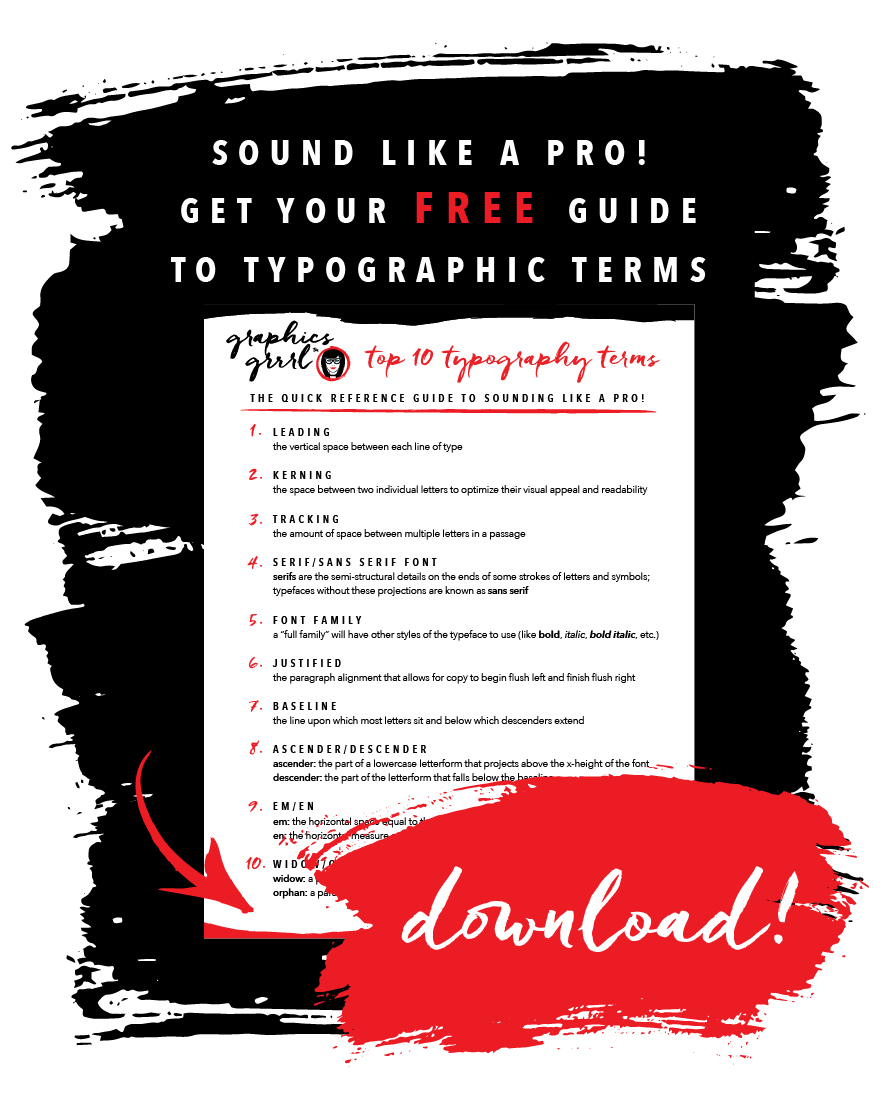
10. widow/orphan
Kinda harsh language, I know, but in typographic terms, widows and orphans are lines at the beginning or end of a paragraph, which are left dangling at the top or bottom of a column, separated from the rest of the paragraph.
A paragraph-ending line that falls at the beginning of the following page or column, thus separated from the rest of the text is a widow.
A paragraph-opening line that appears by itself at the bottom of a page or column, thus separated from the rest of the text is an orphan.
A common mnemonic is “An orphan is alone from the beginning; a widow is alone at the end,” or “An orphan starts alone, a widow ends alone.” Another way to think is that orphaned lines appear at the “birth” (start) of paragraphs; widowed lines appear at the “death” (end) of paragraphs.

There you have it! Now you can say ‘oui’ when someone asks you if you ‘parlez-vous type’! Did I miss any? Which ones didn’t you know? Comment below!

